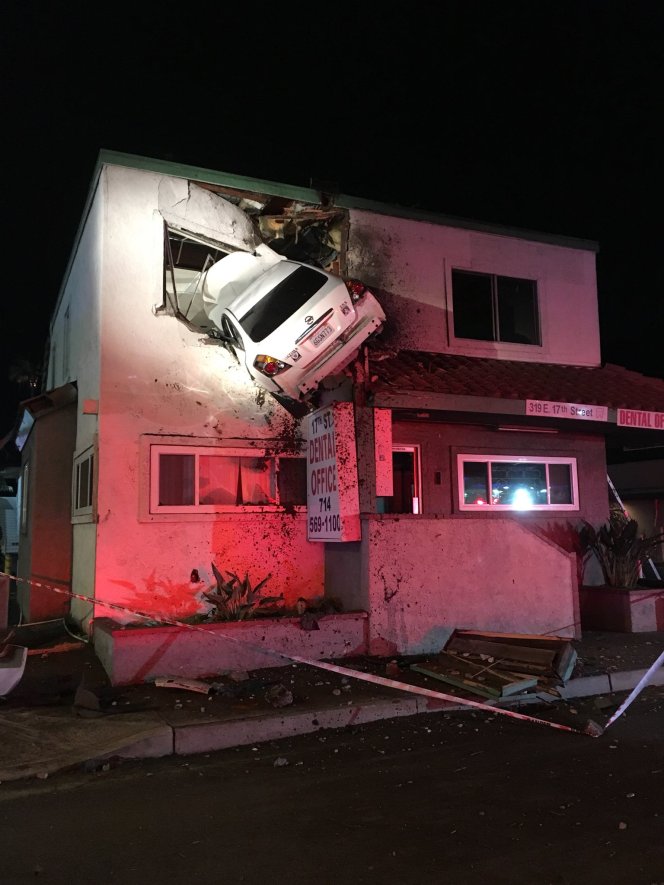Albany, in southwestern Georgia, currently has the highest-per capita deaths from COVID-19 in the U.S. There is no subway in Albany and most people live in low-density housing. Obviously, an over reliance on cars for transportation is why that city has fared so poorly in the fight to stop the pandemic.
The above claim is, of course, ridiculous. But that's the kind of sophistry used by California's favorite political blowhard, Dan Walters, in his latest Cal Matters column, "COVID-19’s very unequal toll." He blames density and "crowded subway trains and buses" for the fact that New York has endured some 25 times as many deaths from the pandemic as California.
Most Californians "... live in low-density neighborhoods, either in single-family homes or small rental complexes," he writes. "Californians are often mocked for preferring cars to mass transit, but it’s probably saved thousands of lives."
Maybe Walters should have bothered to look beyond U.S. borders. Dense cities in Japan and South Korea, for example, have lower COVID spread rates and fewer deaths per capita than the U.S. Obviously, people endure higher density homes and use far more transit in places such as Tokyo, Osaka, or Seoul than in any American city.
Even in the U.S., it's now cities such as Sioux City, Iowa and Marion, Ohio that are seeing the fastest spread; not much in the way of high-density housing or subways in those places. Even in New York, Streetsblog USA contributor and mathematician Alon Levy looked at the data and pointed out that infection rates are higherest in low-density parts of New York that the subway doesn't even reach.
Coronavirus doesn't walk around and slip through keyholes and mail slots and crawl up people's noses. To catch it, you have to get close enough to inhale respiratory droplets (or, in rarer circumstances, from touching a surface where droplets have recently fallen and then touching your nose, mouth or eyes). If you sheltered in place before you contracted the virus, you're probably okay--and it doesn't matter if that shelter is a house in a suburban subdivision or in an apartment in a city.
Moreover, the California v. New York divide isn't particularly mysterious. Exponential spread of the type exhibited by this pandemic doesn't just mean it spreads fast. It means the increase in the number of cases starts slowly, almost imperceptibly, and then suddenly ramps up to catastrophic levels in a matter of days or weeks. The simple fact is the Bay Area was already preparing for an emergency response in early January. Tech companies were telling staff to work from home in early to mid March. Professional sports in the Bay Area were being played without audiences. And when de Blasio was still telling New Yorkers to go to the theater, San Francisco's mayor and public health officials were warning people to take precautions and preparing for a full shut down:
https://twitter.com/BilldeBlasio/status/1234648718714036229
And in San Francisco:
https://twitter.com/LondonBreed/status/1234602545231753216
The Bay Area's official lockdown started on March 16. California began on March 19.
New York was playing catch up and didn't fully lock down until March 22.
There may indeed be other factors. And scientists are studying that now. But with an exponential growth curve, that's really all it takes to create a catastrophe. Walters, to his credit, at least acknowledges that it was a big factor that California instituted "...some of the nation’s earliest shelter-at-home measures."
But for Walters to then play that down and claim thousands of lives were saved in California because of a preference for sprawl and automobiles is unsupported and absurd.
The COVID-19 pandemic has killed 44,500 Americans to date. Automobile crashes claim that many American lives every single year. Pollution from cars is estimated to kill thousands more--and there's even strong evidence that years of breathing that pollution makes a COVID-19 infection more likely to kill.
And, as the lead photo illustrates, there's no way to shelter from the traffic violence and pollution pandemic.
Streetsblog has a better idea: let's reduce dependence on automobiles, save thousands of lives of people who would otherwise die in car crashes or from breathing car pollution, and promote walking and bicycle use. And yes, let's do a better job of cleaning and disinfecting buses and subways and reducing crowding so people are less likely to catch and spread COVID-19 when they ride. But the pandemic is not an argument for continuing a car-focused transportation system that, over the years, has killed far more Americans than the worst projections for COVID-19.






